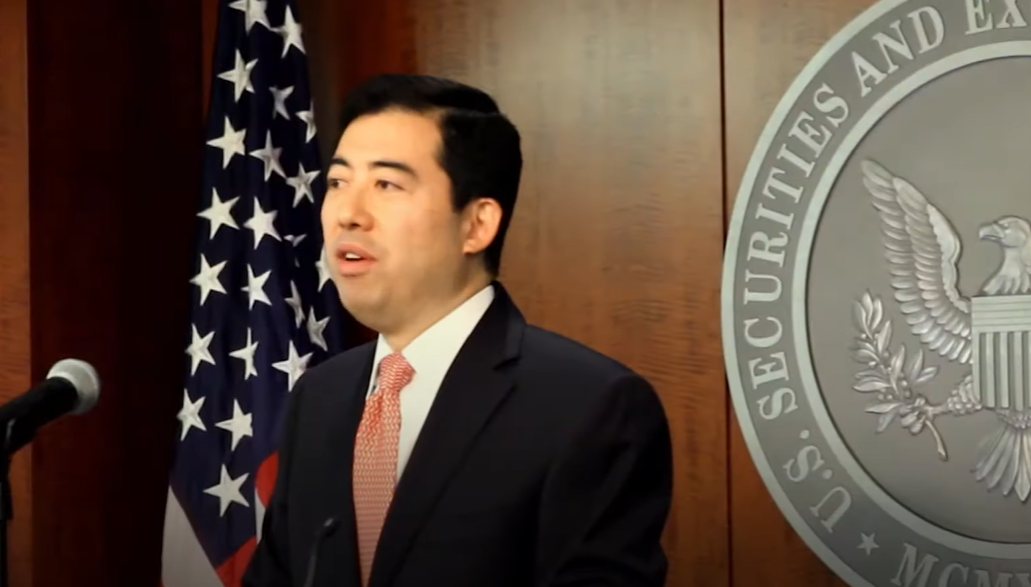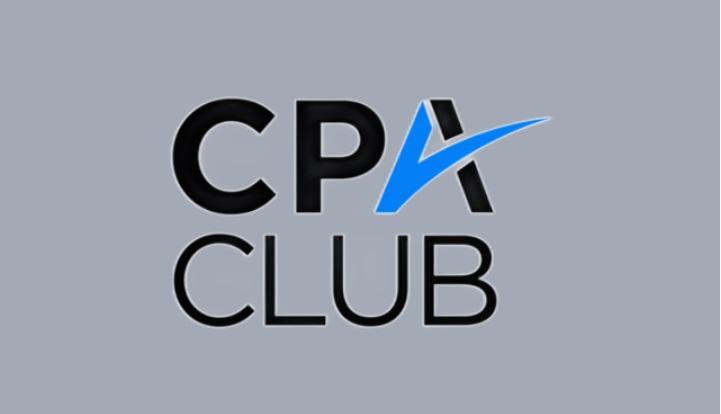In a world where consumers expect convenience at the tap of their finger and efficiency is the order of the day, a new kind of accounting is beginning to take shape. Instead of completing tasks through individual, discrete customer interactions, we can expect the savviest CPA firms of the future to engage their clients on a continuous basis, and tax engagements are one arena where this change may come sooner rather than later.
With any luck, those pesky engagement letters and disclosures accountants are forced to send out every year will be replaced by an up-to-the-minute data stream. By cutting out the middleman and drawing constantly from real-time customer input and auto-generated updates, firm leaders will be able establish a new standard of efficiency, accuracy, and client satisfaction.
Why Perpetual Engagement Works
Other industries are already taking advantage of continuous client engagement opportunities; subscription models like Netflix don’t require users to raise their hand or sign a document to continue to receive service. Instead, they’re on board until they say otherwise. Professional service firms have taken on this model as well, including in the legal and financial sectors.
There’s a reason why giants like Adobe Systems have been transitioning from individual purchases to cloud-based subscription service models in recent years. Not only does this bring consistency to the revenue stream, it allows continuous updates on both sides, maximizing client benefits while reducing time wasted in the back-and-forth. It’s not hard to see how a tax arrangement in this vein could benefit both CPA firms and their clients.
Inventory management is another industry that’s been revolutionized by continuous thinking. In the past, tracking inventory was a clunky process. Periodic inventory models required a significant, regular investment of time to keep up-to-date records, and were prone to user error. Now, quantity and availability are calculated in real-time, and updated directly at the point of sale. When implemented correctly, this creates a 1:1 connection between a business and its inventory. Slippage becomes a minor concern.
When you really think about it, the amount of commerce that happens on a one-and-done basis grows smaller all the time. Why should accounting be any different?
An Industry Ripe for Innovation
Imagine what we could accomplish by implementing continuous tax engagements in our own firms. Equipped with the right technology, we could cut out a massive chunk of our daily busy work, minimize errors and liability, and provide services precisely when they’re needed. A continuous audit would pull key information directly from the source, and seamlessly integrate with regularly scheduled audits. CPAs could do their jobs more effectively, without the need to reach out to the client for every little thing, saving both parties time and money.
Combined with advanced machine learning algorithms, accounting platforms will use continuous engagements to alleviate the data-entry drudgery that comes with the “old way” of doing things; allowing accountants to focus entirely on delivering genuine value to their clients. Rather than going from period to period and report to report, both clients and CPAs will have access to everything they need in the day-to-day, not just at the end of each quarter.
Perspectives from an Insider
Ron Baker, Founder of the VeraSage Institute, a think-tank devoted to exploring the future of the profession, envisions subscription services as an eventual inevitability for accounting. “A move to the subscription model would take the perpetual fixed price agreement (PFA) to a new level,” Baker said. “That’s exactly where we are headed.”
It’s understandable why he feels this way, because Baker helped pioneer the perpetual PFA. “It originated during the dotcom bust,” he reveals. “Firms were coming to us every year and trying to renegotiate their entire agreement. Switching to a perpetual model (one with a small increase built in every year) lessened the occurrence of these negotiations during downturns and recessions.”
In this system, firms were still sent engagement letters every year, but the terms of them were something they were anticipating. It worked from a compliance perspective, as well as increased transparency between firm and client. As the future of accounting becomes the present, we can expect agreements like this to take on new forms that increase convenience and efficiency across the board.
The Big Picture
Of course, a continuous tax engagement would require a fair bit of synchronization between the client and the firm. But as software evolves and the cloud becomes the norm, it’s not difficult to imagine a multi-platform solution with arms in every aspect of the accounting process.
Once the tools are in place to effectively support perpetual tax engagements, there will be nothing stopping firms and businesses from pursuing a better way of doing things. Firms will be able to more accurately project their workflow during tax season, which will help limit the seasonal crunch that so many accounting professionals experience during busy tax season. Businesses will be able to rest assured that there’s a savvy organization monitoring their tax status 24/7. The same way that companies are currently switching to MSPs en masse for their IT services, they’ll soon be moving their accounting services into a model that favors constant engagement.
Though this convenient-sounding future may sound far off, we’re already making strides towards perpetual accounting. At every step, we cut down on red tape, strengthen compliance, and streamline our strategy. Whether you’re a forward-thinking CPA, or the clients they serve, the steady shift toward continuous tax engagements is one to look forward to.
==========
Andrew Hatfield is a Co-Founder and Senior Vice President of Sales & Strategic Partnerships for cPaperless, LLC. Hatfield is a recognized industry speaker and enthusiast for the latest technology trends that affect tax & accounting firms.
Thanks for reading CPA Practice Advisor!
Subscribe Already registered? Log In
Need more information? Read the FAQs




